The origin and development of Vietnamese coffee, representative brands and characteristics of coffee with drip coffee course
For professional baristas, please follow the coffee workshop (Wechat official account cafe_style)
The Vietnamese habit of drinking coffee is brought about by Westerners. In Vietnam, locals sit lazily in the ubiquitous coffee shops, enjoying the beauty of leaking coffee. For tourists who pass by in a hurry, tasting a cup of leaking coffee is also a pretty good experience on the journey.
The Origin and Development of Vietnamese Coffee
Vietnamese coffee was brought to Vietnam by French Jesuit missionaries around 1860. in nearly 150 years of history, Vietnam has gradually developed its own unique coffee culture.
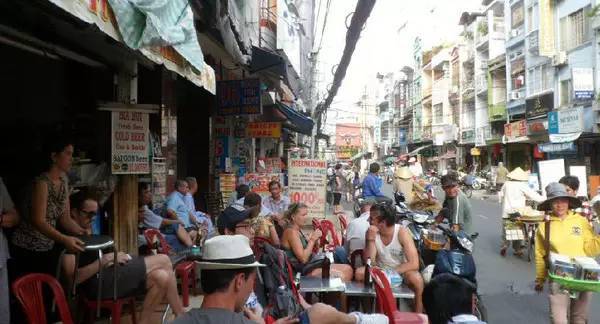
Today, walking from Ho Chi Minh City, the largest city in the south, to Sapa, a mountain city on the border between China and Vietnam, you can often see canvas sheds and umbrellas piled or clustered by the roadside, with recliners or hammocks or even small benches facing the road, and a simple aluminum drip on a low table. People sit or lie or cross their feet while sipping (experience, not drinking, drinking, not sucking or licking. Capheda (iced coffee), pointing at a passing girl or a motorcycle crash across the street, sips the coffee, smokes half a pack of cigarettes, and fades away in a morning or two in the afternoon.
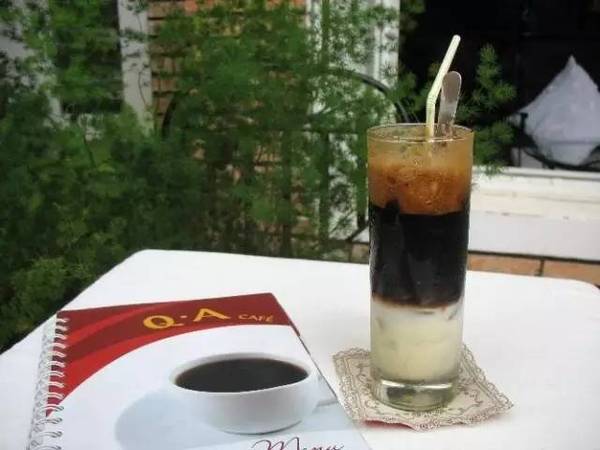
▲ Vietnamese iced coffee
Although Vietnam began to grow coffee during the period of Indochina of France, the coffee industry did not develop by leaps and bounds until the last 20 years, and now it has become the second largest coffee exporter in the world, following Brazil, especially Robusta (Robusta), which makes three-in-one instant coffee, accounting for almost 1x4 of the world.
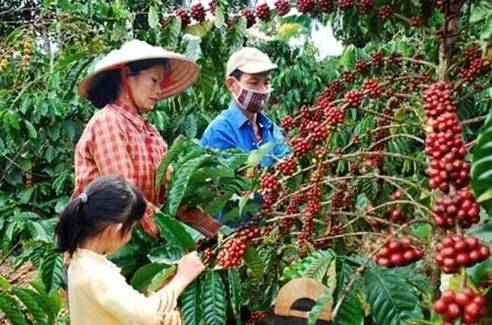
Starbucks, Nestle and others also purchase a considerable number of coffee beans from Vietnam on a regular basis. The best coffee producing area in Vietnam is the central and western central plateau Grand Lat province (DakLak), Bon Meishu (BuonMaThuot). The local climate and soil are very suitable for growing coffee, and it is one of the top 10 coffee producing areas in the world.
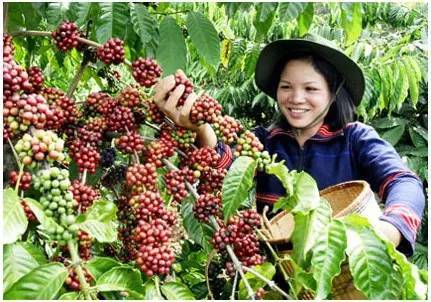
Representative brands of Vietnamese coffee
The representative products of Vietnamese coffee are Zhongyuan Coffee (TRUNGNGUYEN) and Highland Coffee (HIGHLANDS).
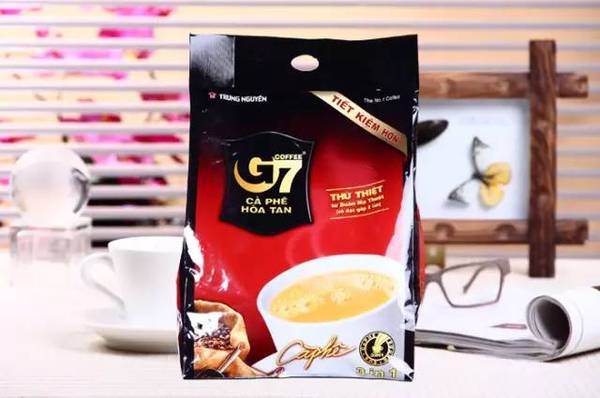
▲ Zhongyuan G7 Coffee
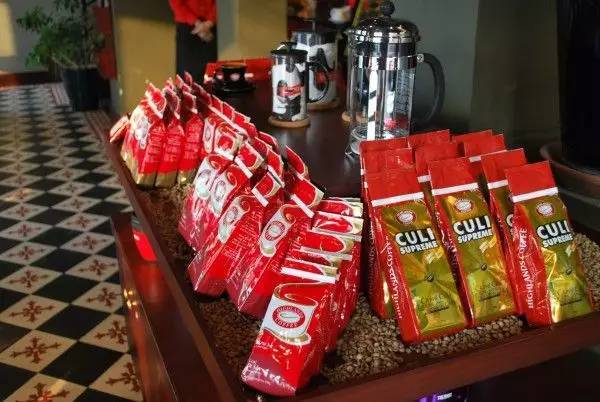
▲ Highland Coffee
If Central Plains Coffee has a strong and strong taste, then Highland Coffee is elegant and mellow; if Central Plains Coffee focuses on product research and development, then Highland Coffee emphasizes store decoration; if Central Plains Coffee is the first choice for Vietnamese, then Highland Coffee is favored by tourists; if Central Plains Coffee catches the worker and peasant class, Highland Coffee dominates the middle class. If we say that the boss of Central Plains Coffee is a local talent, then the head of Highland Coffee is a representative of overseas Chinese.
The characteristics of Vietnamese coffee
No matter what kind of Vietnamese coffee it is, it has a characteristic: it has a "resilience" different from Eurasian bourgeois coffee culture, and this toughness comes from its constant "mixed race".
From the beginning with France, Vietnamese coffee has continued to "mix", even now is still mixed, such as VINACAFE launched a Korean red ginseng flavor of four-in-one instant coffee, well received. However, I have also heard that some Taiwanese have taught Vietnamese to add monosodium glutamate to their coffee, so this kind of desktop mixed taste is more difficult to imagine, at least it is bad for health.
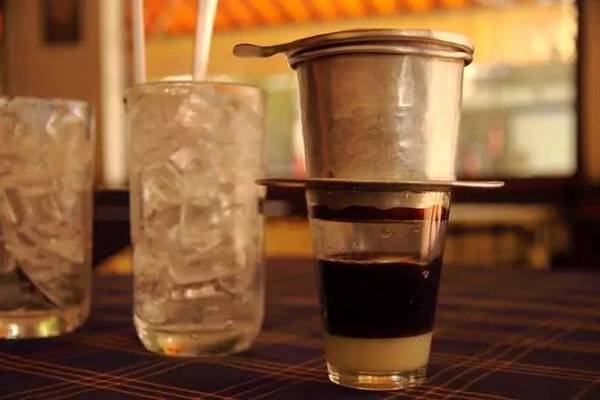
The flavor of Vietnamese coffee also lies in its special brewing process, with a simple Phin that drips like an hourglass. "in France, I've only seen my grandmother drink coffee in this drip pot," according to a Frenchman who wants to express his opinion. The advantage of the dripping pot is one cup at a time, the proportion and time are easy to control, and easy to carry, receive, and easy to clean; the disadvantage is that the sieve hole is large, there will inevitably be a small amount of coffee grounds floating in it.
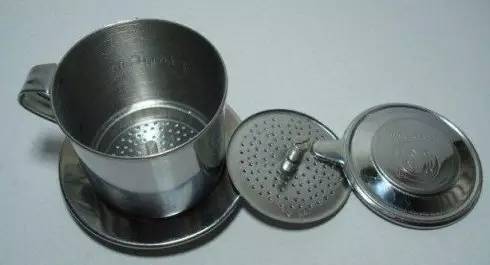
It takes seven minutes to make an authentic cup of iced Vietnamese coffee. The required materials are: medium-sized coffee powder (to avoid leaving too much waste when dripping), dripping pot, condensed milk, ice cubes (be sure to be big enough, as coffee can only give out the best flavor under the alternating action of hot and cold first), a high and a low transparent glass (for the fun of watching dripping), 96 ℃ ~ 100 ℃ of hot water.
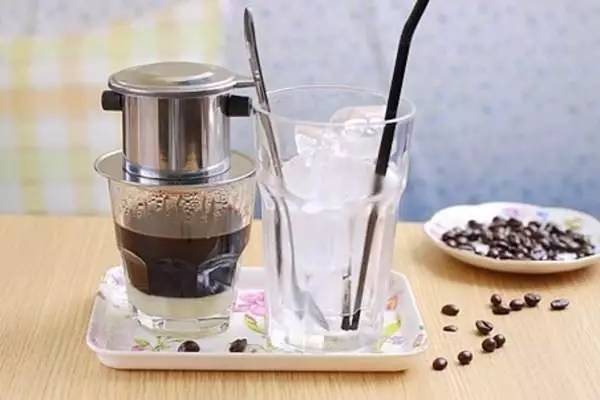
Learn to make Vietnamese drip coffee in a minute.
◆◆◆
1. first, introduce the right amount of condensed milk into the cup.

2. Next, put the base of the drip pot on the cup, pour 20g coffee powder into the drip cup, and gently spread it flat on the bottom.
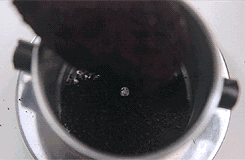
3. Then pour the hot water into the drip pot and let it drip slowly.
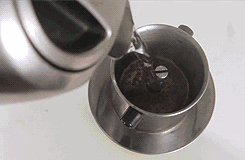
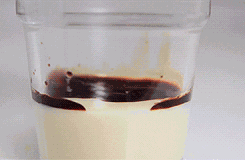
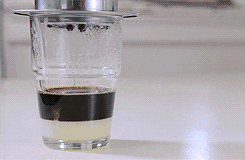
4. Sit for about three minutes, mix coffee and condensed milk, and a cup of Vietnamese dripping coffee is almost complete!

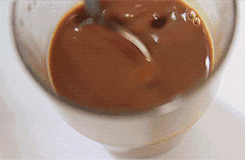
The article synthesizes from the network. Reprint is for knowledge sharing. If copyright protection is involved, please contact us to delete it.
Important Notice :
前街咖啡 FrontStreet Coffee has moved to new addredd:
FrontStreet Coffee Address: 315,Donghua East Road,GuangZhou
Tel:020 38364473
- Prev
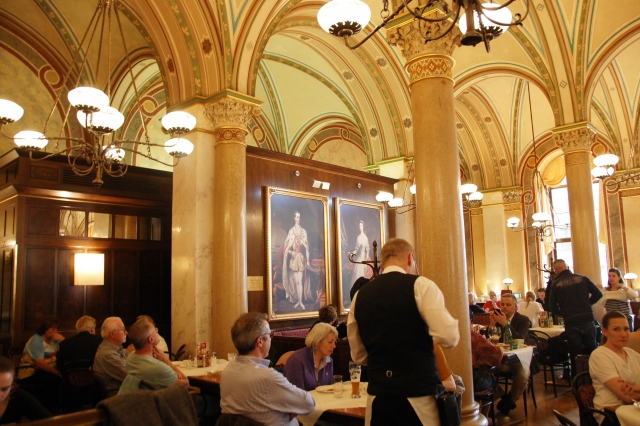
The Central Cafe in Vienna and the Coffee Culture in Vienna
Professional barista exchange please follow the coffee workshop (Wechat official account cafe_style) (the new three talents first) Photo: when Li Shanshan thinks of Austria, she will think of Vienna, the music capital, and the beautiful scenery of lakes and mountains in the Alps ski town. Then there is the hometown of Mozart, Salzburg, where the Sound of Music is filmed. But another culture of Austria
- Next

In-depth interpretation | the rise and fall of cafes in the UK
Exchange of professional baristas follow the Coffee Workshop (official Wechat account cafe_style) in 1876, after 20 years of migratory bird shuttle life between Europe and the United States, the American novelist Henry James settled in London and began to write "British time", documenting his sojourn experience and commenting on the scenery and human feelings of the island he was fascinated by. When he wrote about the impression of London, he was surprised to find
Related
- How did the Salvadoran coffee industry develop in Central America?
- What exactly does the golden cup extraction of coffee mean?
- The Origin of Coffee flower
- [2023 Starbucks World Earth Day] there are more meaningful things besides free Starbucks coffee!
- What kind of coffee is there in Spain? 9 Flavors of Spanish Coffee
- Aromatic African coffee| Kenya's coffee culture and historical production area
- Liberica Coffee Bean knowledge: the characteristics of Liberian Coffee beans of the three original species of Coffee beans
- The origin and formula of Spanish latte introduces the taste characteristics of Bombon coffee in Valencia, Spain.
- How to adjust the solution of over-extracted coffee
- What is the tasting period of coffee beans? What is the period of coffee and beans? How should coffee wake up and raise beans?

